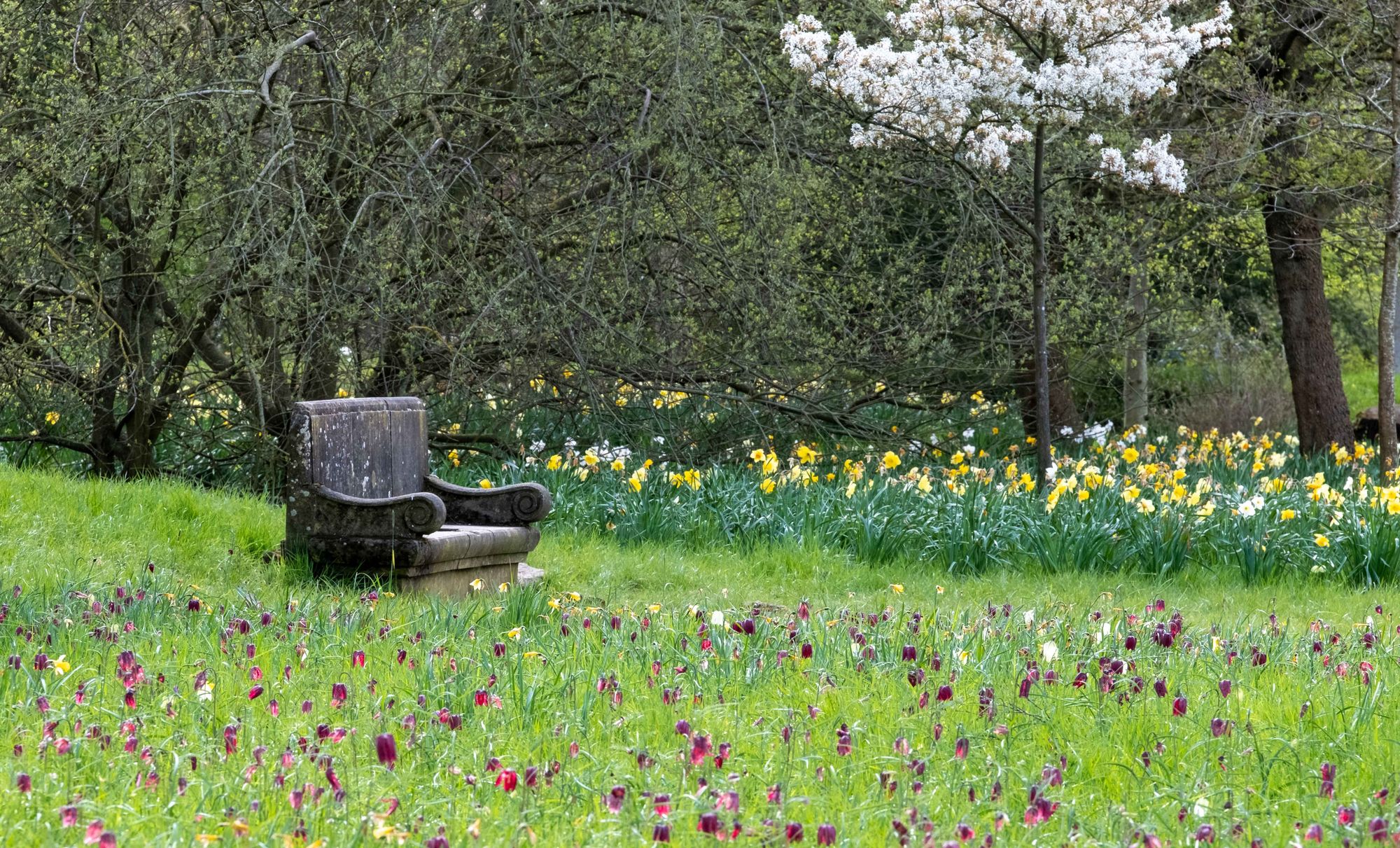Overview
New legislation introduced by the Environment Act (2021) requires developers to demonstrate a minimum of 10% net gain in biodiversity in order to gain planning permission.This new Biodiversity Net Gain (BNG) legislation has the potential to bring benefits to wildlife in Oxfordshire, but there is currently a lack of guidance about how to implement the policy effectively.
What we're doing
We're working with our partners and benefitting from their broad expertise to develop on a set of principles that will help ensure BNG works for Oxfordshire's wildlife and people.

Related publications
Towards a nature-first neighbourhood plan
Neighbourhood plans can play an important role in protecting and restoring your local nature. Oxfordshire Local Nature Partnership has created this document to help inform thinking about the types of policy that might be developed for a given Neighbourhood Plan (NP). It includes policy examples from existing neighbourhood plans, and guidance on the steps to take when developing a draft neighbourhood plan.
Oxfordshire Biodiversity Net Gain (BNG) guiding principles
The Oxfordshire Local Nature Partnership proposes that Oxfordshire's Local Planning Authorities (LPAs) adopt the principles the working group, which includes representatives from local authority planning departments, have developed for Biodiversity Net Gain implementation.
The intent of these principles is to ensure that Biodiversity Net Gain is implemented in a way that supports the spirit of the Environment Act 2021 and maximises Biodiversity Net Gain’s potential impact on nature recovery in Oxfordshire. They are designed to facilitate a harmonised approach across all local authority areas, recognising that some local variations may be inevitable and indeed beneficial. Our aspiration is that they will provide a common framework within which local authorities, developers, conservation bodies, farmers and landowners work together to protect and restore our county’s nature.











.png)